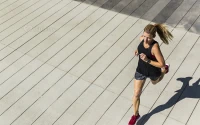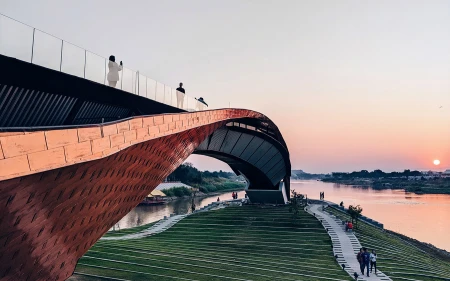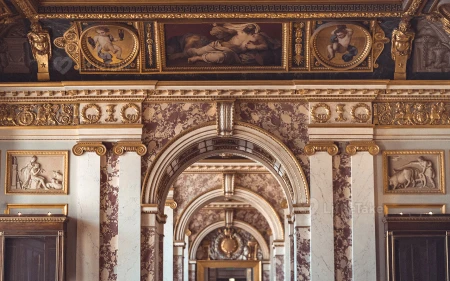
Artists Who Used Art for Environmental Activism
Art can be a powerful tool for raising awareness about environmental issues. These five artists have used their creativity to advocate for a sustainable future.
1. Agnes Denes - Land Art
Hungarian-born artist Agnes Denes is known for her thought-provoking land art projects. In 1982, she planted a two-acre wheat field in Manhattan's Battery Park Landfill, challenging urbanization and resource consumption through her work, Wheatfield - A Confrontation.
2. Chris Jordan - Photographic Art
American photographer Chris Jordan uses his art to document the impact of consumerism on the environment. His Intolerable Beauty and Running the Numbers series depict the scale of waste and overconsumption, making the invisible visible and encouraging viewers to consider their environmental impact.
3. Andy Goldsworthy - Environmental Art
British artist Andy Goldsworthy creates ephemeral, site-specific artworks using natural materials like rocks, leaves, and ice. His work highlights the beauty of the natural world and the impermanence of human existence, encouraging viewers to respect and protect the environment.
4. Yayoi Kusama - Installations
Japanese artist Yayoi Kusama's installations often incorporate environmental themes. Her Narcissus Garden (1966), consisting of mirrored spheres, reflects the surrounding landscape, calling attention to the interconnectedness of nature and human intervention.
5. Olafur Eliasson - Climate Change Art
Icelandic-Danish artist Olafur Eliasson's works explore the relationship between art, nature, and climate change. In 2015, he transported 12 large ice blocks from Greenland to Paris, placing them in a public square as part of his Ice Watch installation. As the ice melted, the work highlighted the urgent issue of climate change and the need for global action.
These artists demonstrate the power of art to raise awareness about environmental issues, spark conversations, and inspire change. By using their creativity as a form of activism, they not only make a statement but also contribute to a broader understanding of the challenges we face and the need for collective action to protect our planet.


















